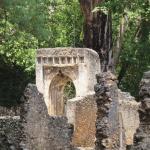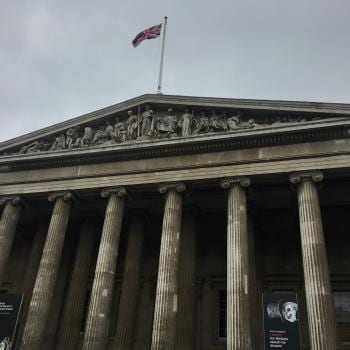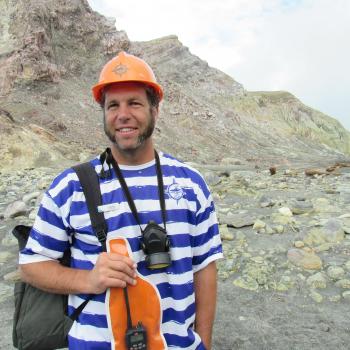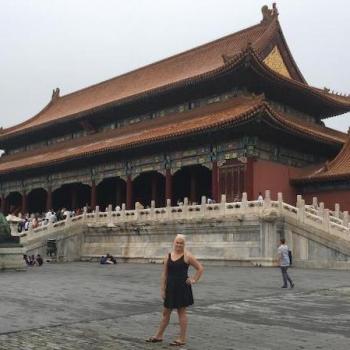Deep in the bush south of Lake Taupo, New Zealand lies a mysterious stone wall that has been causing controversy since its discovery in the 1990’s. It was first researched by amateur geologist Barry Brailsford “a history lecturer at the Christchurch College of Education (who) had written numerous books including two that dealt with South Island prehistory” and American self-proclaimed alternative historian David Childress (of Ancient Aliens fame).
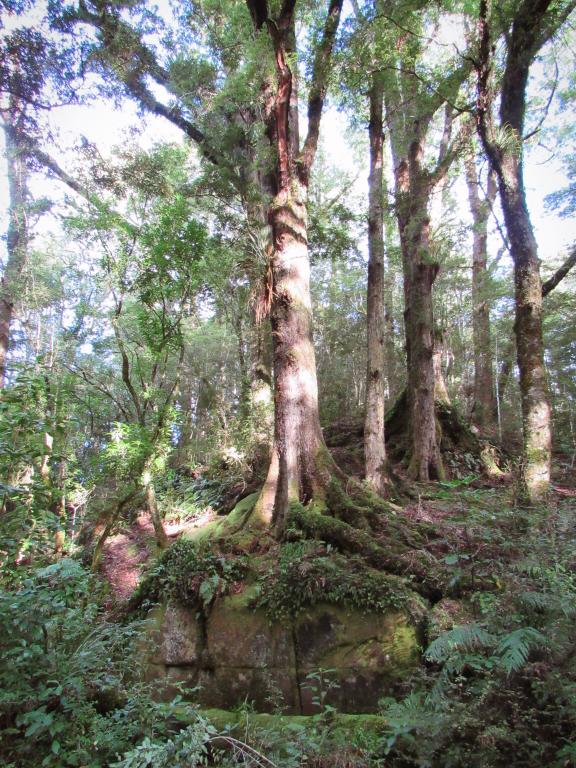


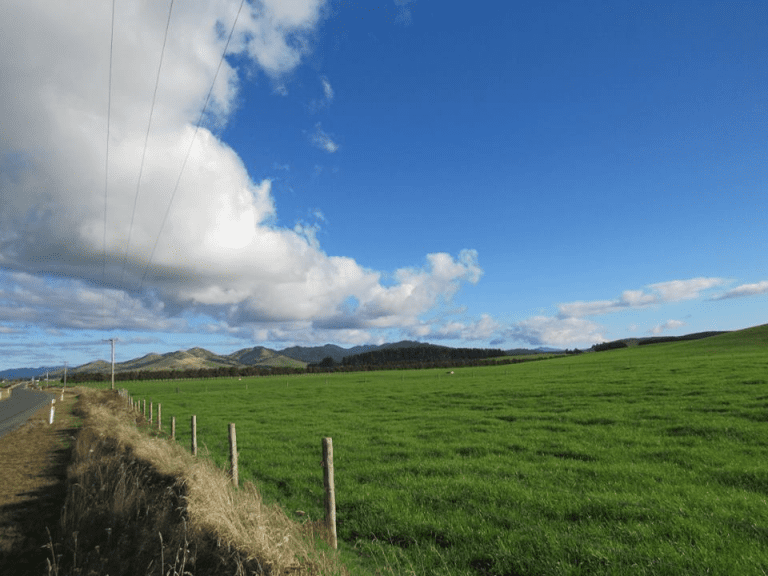
There were no solid directions, just a couple of very unclear statements about it being x-number of kilometers from this and that road. I even tracked down a motorcycle website that listed GPS coordinates to try and find the exact location but that ended up being a fail. Now the thing about New Zealand is that it always takes like three times longer than expected to get somewhere. Unless it’s a major highway, chances are it’s a one-lane dirt road. And this one was out in the middle of the bush. We kept driving and driving, halfway expecting to find ourselves in a horror movie. The closest thing we had to actual instructions was this “The Kaimanawa wall is only 10.7km along Clements Mill Road and can be difficult to spot while moving, however, the road continues another 8km to a dead end where several walking trails into the Kaimanawa Forest commence.” which I found on an off-roading website. So we watched our odometer and peered as hard as we could out the windows as we crawled along the dirt road at a snail’s pace. What seemed like hours later, we somehow managed to find it.
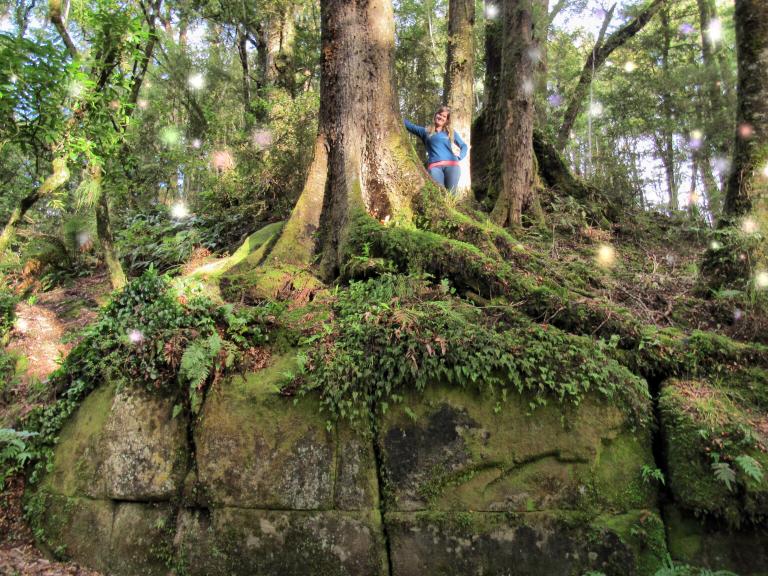
It was quite overgrown, but it was MASSIVE. It certainly seemed strange to find this giant wall-like structure in the middle of the New Zealand bush but I’m no expert (yet). I am not convinced either way about the origins of the wall, but I am thrilled that I got to see it. The adventure was the best part!!
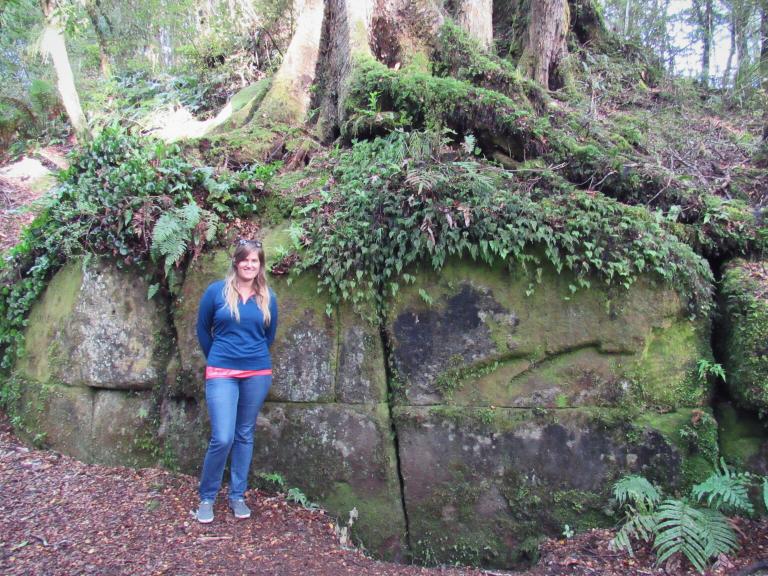
If you are in New Zealand or planning a trip there and want to try and visit, here are the best directions I could find.
Works Cited:
“Identity and Alternative Versions of the past in New Zealand.” In Pacific Island Heritage: Archaeology, Identity & Community, edited by Clark Geoffrey, Liston Jolie, and Alexander Dwight, 5-16. ANU Press, 2011
https://teara.govt.nz/en/document/1603/the-kaimanawa-wall
Science Frontiers No. 107: Sep-Oct 1996
*All photos featured in this post are my own*
*Footnote: “Several published and online alternative prehistories explicitly state that the ‘fact’ of pre-Maori occupation extinguishes Maori rights under the Treaty of Waitangi. In summary, the argument runs that if Maori were preceded by another people, and they killed the Maruiwi/Moriori and took their lands by force, then European settlement and the subsequent alienation of Maori land is simply another example of social-Darwinism – with the weak making way for the strong. Further, the redistribution of state-owned assets under the Treaty of Waitangi is not warranted because the original inhabitants have been extirpated.” (From “Identity and Alternative Versions of the past in New Zealand”)

